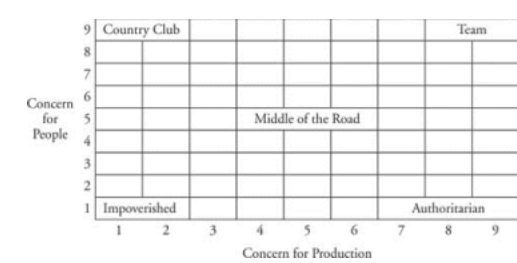
This theory can be traced to the work of the pioneering behaviourist B.F. Skinner. It is considered a motivation theory as well as a learning theory. Reinforcement theory posits that motivated behaviour occurs as a result of reinforcers, which are outcomes resulting from the behaviour that makes it more likely the behaviour will occur again. There are four of these: positive reinforcement, avoidance, punishment, and extinction.
- Positive reinforcement is a reward or a positive outcome after a desired behaviour is performed; it serves to strengthen behaviour.
- Avoidance occurs when the individual chooses a behaviour to avoid unpleasant consequences; it can strengthen desired behaviour.
- Punishment is unpleasant consequences used to weaken undesired behaviour.
- Extinction is ending undesired behaviour by ignoring and not reinforcing it. Skinner’s work shows that many behaviours can be controlled through the use of rewards. In fact, a person might be influenced to change his or her behaviour by giving him or her rewards. Employees who do an exceptionally good job on a particular project should be rewarded for that performance. It will motivate them to try to do an exceptional job on their next project. Employees must associate the reward with the behaviour. In other words, the employee must know for what specifically he or she is being rewarded! The reward should come as quickly as possible after the behaviour.
Titany answered the question on September 20, 2021 at 12:45
- Describe the David McClelland’s learned needs Theory of motivation(Solved)
Describe the David McClelland’s learned needs Theory of motivation
Date posted: September 20, 2021. Answers (1)
- Describe the Alderfer’s ERG Theory of motivation(Solved)
Describe the Aldermen's ERG Theory of motivation
Date posted: September 20, 2021. Answers (1)
- Limitations of the Hierarchy of Needs Model (Solved)
Limitations of the Hierarchy of Needs Model
Date posted: September 20, 2021. Answers (1)
- List three characteristics of learning organizations(Solved)
List three characteristics of learning organizations
Date posted: September 20, 2021. Answers (1)
- Describe three situational leadership theories(Solved)
Describe three situational leadership theories
Date posted: September 20, 2021. Answers (1)
- Forms of power used by managers to change employee behaviour (Solved)
Forms of power used by managers to change employee behaviour
Date posted: September 20, 2021. Answers (1)
- Identify the leadership styles found in the managerial grid model below
(Solved)
Identify the leadership styles found in the managerial grid model below

Date posted: September 20, 2021. Answers (1)
- Abilities that successful leaders possess according to Peter Drucker(Solved)
Abilities that successful leaders possess according to Peter Drucker
Date posted: September 20, 2021. Answers (1)
- Identify six core characteristics that the majority of effective leaders possess(Solved)
Identify six core characteristics that the majority of effective leaders possess
Date posted: September 20, 2021. Answers (1)
- Describe the importance of leadership in an organisation(Solved)
Describe the importance of leadership in an organisation
Date posted: September 20, 2021. Answers (1)
- Define directing in relation to leadership(Solved)
Define directing in relation to leadership
Date posted: September 20, 2021. Answers (1)
- Describe the employee compensation(Solved)
Describe the employee compensation
Date posted: September 20, 2021. Answers (1)
- Limitations of performance appraisal (Solved)
Limitations of performance appraisal
Date posted: September 20, 2021. Answers (1)
- List three components of performance appraisal(Solved)
List three components of performance appraisal
Date posted: September 20, 2021. Answers (1)
- Purpose of evaluating the employees(Solved)
Purpose of evaluating the employees
Date posted: September 20, 2021. Answers (1)
- Types of training in an organization(Solved)
Types of training in an organization
Date posted: September 20, 2021. Answers (1)
- Describe the ways that employers use to identify a suitable individual for a vacant post(Solved)
Describe the ways that employers use to identify a suitable individual for a vacant post
Date posted: September 20, 2021. Answers (1)
- List three external recruiting strategies in an organization(Solved)
List three external recruiting strategies in an organization
Date posted: September 20, 2021. Answers (1)
- Outline three Forms of authority in an organization(Solved)
Outline three Forms of authority in an organization
Date posted: September 20, 2021. Answers (1)
- Describe three organizational designs(Solved)
Describe three organizational designs
Date posted: September 20, 2021. Answers (1)